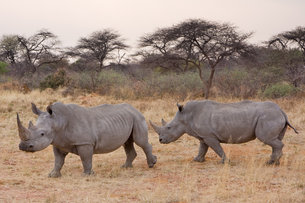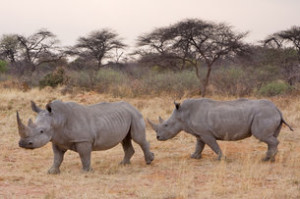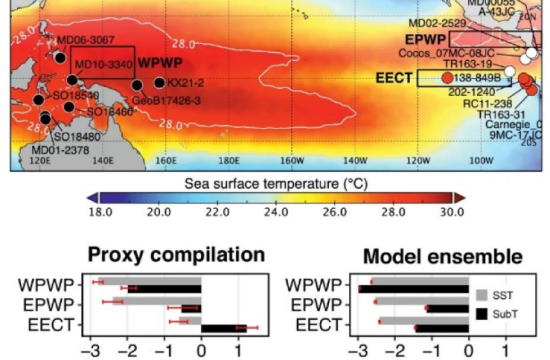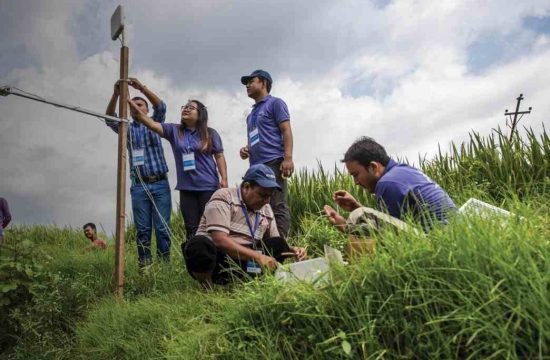Official figures suggest this year will be the deadliest yet for rhinos, breaking the 2013 record of 1004 deaths from poaching. A new idea using space telescope technology could help rangers in their difficult fight against illegal hunters.
Three students from Cranfield University in the UK are drawing on high-resolution imaging technology originally developed for space telescopes, using it in an unmanned aerial vehicle, or UAV, to help rangers in their battle against poachers.
“Our proposal intends to develop lightweight and autonomous UAVs for observing in two main sectors: wildlife conservation, and search and rescue,” explained Idriss Sisaid. He and fellow students Enrique Garcia Bourne and Edward Anastassacos won this year’s Space Solutions University (S2UN) Challenge, set by ESA’s Technology Transfer Programme Office.
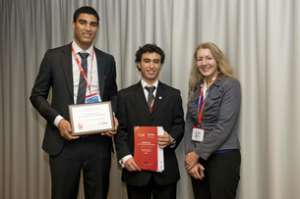
With the ESA-patented technology “Imaging Optics and Optical Device for Mapping a Curved Image Field”, the team’s Horus project could produce realtime aerial imagery at a lower cost and offer greater responsiveness than existing alternatives.
Installed on UAVs, it could monitor large areas, helping rangers to know where poachers are hunting animals like rhinoceros and elephants.
“ESA patent 561 presented us with a platform technology to produce inherently high-quality, non-distorted and wide-angle images,” said Enrique.
“When applied to UAVs, this allows far greater coverage and improved performance when compared to UAVs with more traditional cameras.
” In emergencies, when every second counts, the UAV can scan large areas in real time, providing response teams with detailed information for immediate use.
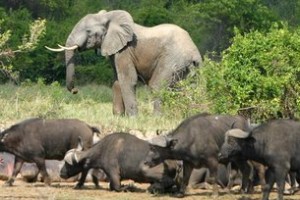
Similarly, wildlife conservation requires constant coverage over vast areas to counter poaching. In providing rangers and non-governmental organisations with this crucial monitoring ability at limited cost, Horus could boost effectiveness and efficiency.
“Our success in ESA’s Challenge is the first step of the project,” notes Edward. “Continued development of the imaging system based on the ESA’s patent will bring us one step closer to the prototyping phase. We look forward to seeing our idea take flight.
” The team is now assessing how best to develop their idea, perhaps at an ESA Business Incubation Centre, with the objective of turning it into a viable business.
Novel use of ESA patents
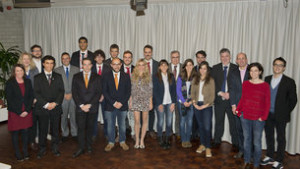
Together with the winning UK team, university teams from Italy, Spain and Portugal competed in this year’s Challenge to develop the best business proposal for a non-space sector based on ESA space patents.
The Spanish team from Universidad de Oviedo proposed a mobile bed for hospitals based on patent 578 “Deployable Tensegrity Structure”. MOBED would use a removable mattress that would greatly reduce the amount of disposable material consumed while improving the ergonomics of operating-theatre furnishings.
The business plan of the Italian team from Politecnico di Torino also centred on patent 578. The Petroleum Innovative Environmental Remediation (PIER) project seeks to produce deployable booms for rapid containment of oil spills from tankers, both in harbours and in the open sea.
The team from the University of Coimbra in Portugal proposed the CarFresh project, a solar panel for windshields that cools idle vehicles like an air conditioner, especially those parked in the Sun on hot days. Based on ESA patent 517 “Direct Voltage Switching Converter”, it would deliver greater efficiency by maximising the energy generated through its solar panel. CarFresh is going to be the first product of Coimbratech, a Portuguese company recently set up by the students.
S2UN Challenge
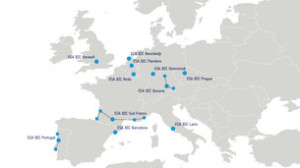
The competition runs over one university semester and the competing teams have to develop ideas and business plans based on one of several ESA-patented technologies made available by ESA.
This year’s Challenge was organised on behalf of ESA by Anwendungszentrum GmbH Oberpfaffenhofen.


